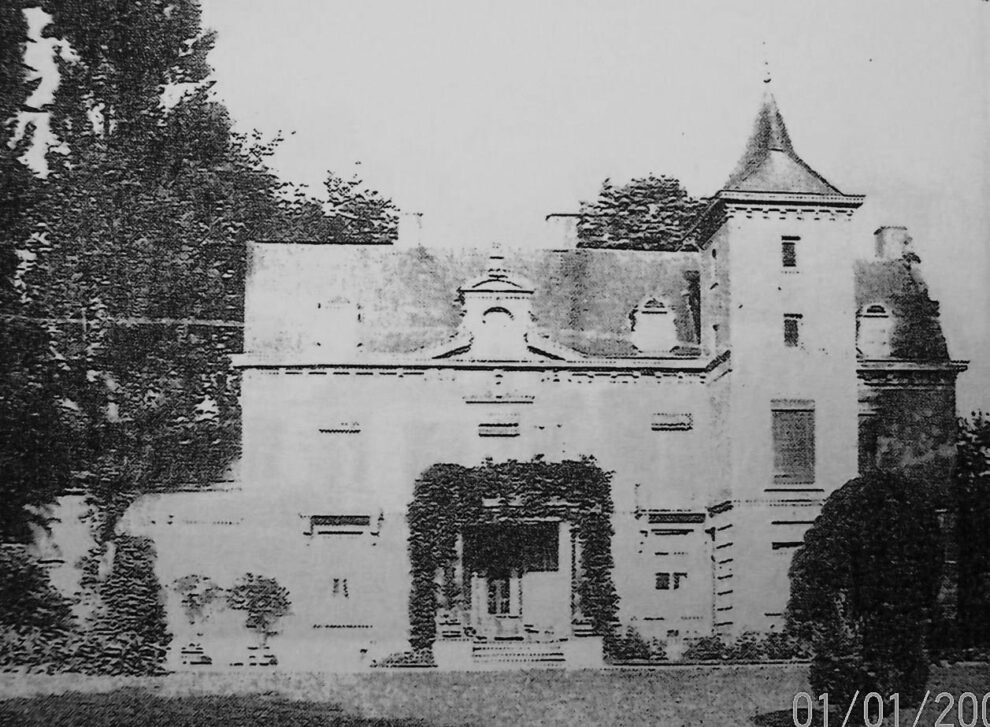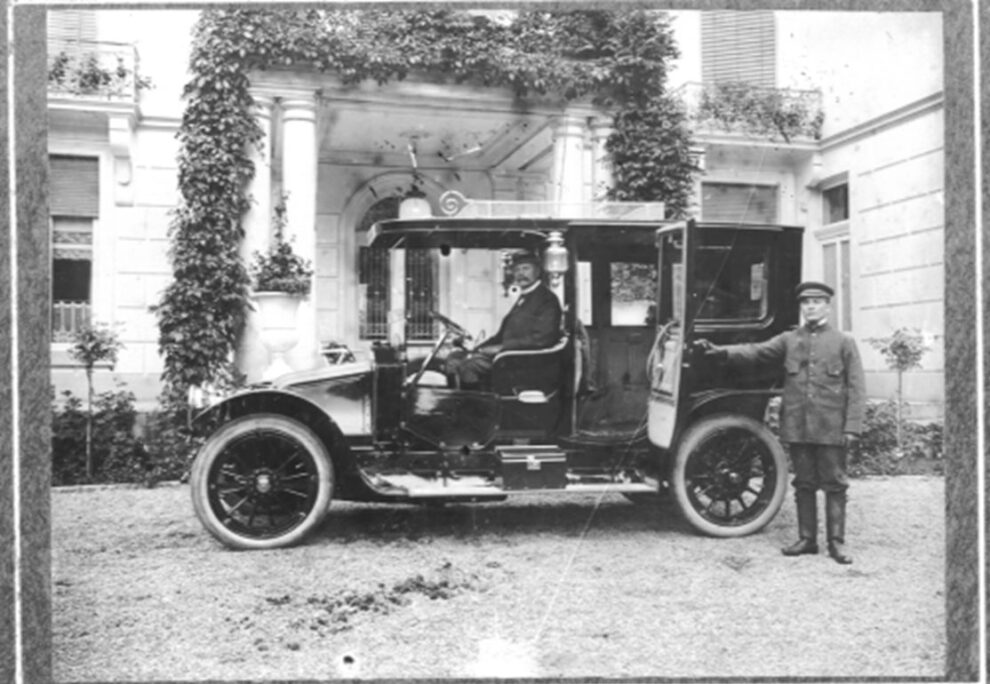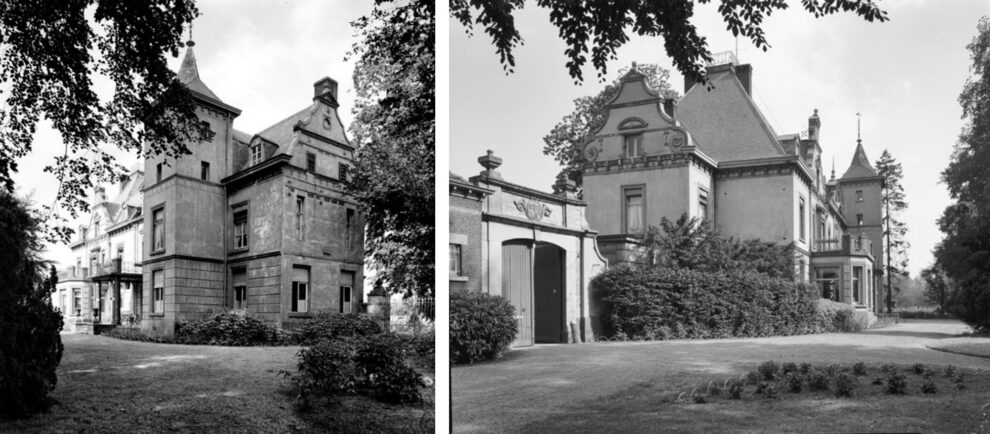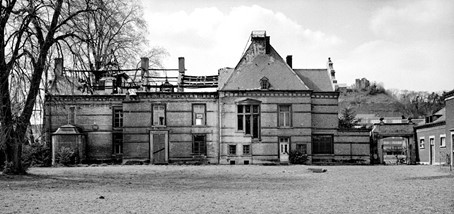History of the Castle of Hoogenweerth
"Der hauwert"
The house Hoogenweerth is a country house located on the banks of the Maas on a peninsula south of the Heugem district in Maastricht. In a deed of 1444 a certain building was already described as ‘Der hauwert’. Around 1498 the estate was owned by Mayor Arnold Swalen. The castle farm consisted of two parts where, at that time, the house was inhabited by tenant farmers and their maids and servants who could move into the adjacent garden, stables, barn (outbuildings) and farmland. Until about 1669, fruit was mainly grown on the estate in addition to other subsistence crops.
The foundation of the current castle was built by the Maastricht alderman and city secretary Antonius Vaes in the 16th century. He had the west wing renovated in Maasland renaissance style. Later, his son inherited the house who also expanded and renovated it. In the 18th century, the middle part of the castle was commissioned by Joannes Vaes. His widow (born in the noble family De Bounam de Ryckholt) later left the estate to her niece Maria de Selys de Fanson (belgian noble family).


Petrus Regout
In the 19th century, the castle came into the possession of, among others, Mr. Coenegracht, who was mayor from 1808-1815. The family coat of arms of residents Coenegracht-Bemelmans is still present on the old entrance gate between the outbuildings and the castle. After the death of Mr. Coenegracht and his wife, the castle was briefly in the hands of the mayor Straetmans, who not much later sold the property to the Regout family.
Petrus Regout was the founder and director of companies such as Koninklijke Sphinx and Mosa Tegels. In 1904, Petrus Regout bought the castle and moved in with his wife Louisa Berger and their two adult children. Not long after the purchase, the Regout family also had the building expanded to double the size, giving the castle a more romantic allure. The children Bertha and Pierre continued to live there until 1969 until Bertha passed away. The castle was sold to the province of Limburg a year later (1970).
Devastating fire
After that time, a part of the castle park disappeared due to the Maas canalisation, and the landscape was affected by sand and gravel extraction. The buildings fell into disrepair due to a devastating fire in 1975. The province then had the building thoroughly restored for tourist purposes. Tennis courts were laid out in the castle garden and even plans for a large outdoor pool were ready. The castle lost its romantic charm.


Renovation
In 1992 the estate and castle came into the hands of Pieterplas BV. For the symbolic amount of one guilder, the company had the responsibility to renovate the castle and the outbuildings to their original state. This renovation was completed in 1993. Pieterplas BV. went bankrupt and so the property went up for sale again.
Later on, businessman and castle enthusiast Ad Paes bought the property (as a private investor) to operate a restaurant, hotel (apartments) and event location as the basis of daily operations. In 2004 the castle and all the grounds were sold to a private owner who also became a resident of the castle again since January 2007. Joris Dassen still owns the castle and estate to this day. The castle is still owned by him but is operated by the Van Melick group as an event location and hotel and the castle is still inhabited by a manager.
Extensive history
Sources
- https://mestreechtersteerke.nl/pagkasteelhoogenweerth.htm
- https://nl.wikipedia.org/wiki/Kasteel_Hoogenweerth
- Chronique de la famille Regout (2001)
- Kasteel de Hoogenweerth, Léon Olislagers (z.d.)